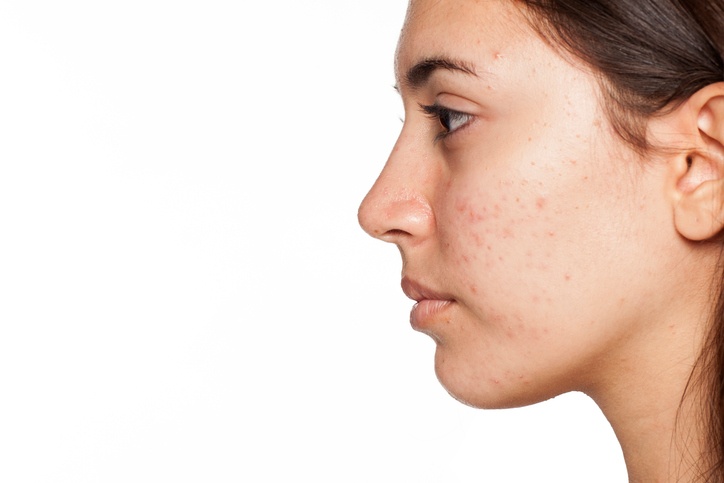In partnership with SA’s top medical aesthetic companies
Once upon a time, acne scarring was for life. Luckily, one of the great pluses of living in the 21st century is that we now have many scar-correction options.
Acne scarring most commonly comes about from severe acne that occurs deep within the skin, but it can also arise from superficial inflamed acne, especially if you pick at the problem. The only sure way to prevent or limit the extent of acne scars is to treat acne early in its course – for as long as necessary. The goal is to prevent or treat inflammation, so that scarring can be avoided.
The good news, if you already have scarring, is that it’s never too late to act. The fresher the scar, the better your results, but you can improve the appearance even of old scars.
Your first step is to book a consultation with a skin specialist such as an accredited aesthetic doctor and affiliated skin-care therapist to see which options are best for your particular needs. They will be able to recommend professional treatments such as:
- chemical peels, which do a deep exfoliation of the top layers of the skin.
Non-surgical procedures:
- Dermapen (a form of skin needling) and Platelet Rich Plasma aka ‘vampire facial’ (PRP), which are able to reach the deepest layers of the dermis and stimulate collagen production and skin conditioning.
Laser and light therapies:
- Laser Genesis is an acne wonder treatment. Besides treating active acne, inflammation and oil overproduction, it improves the appearance of acne scarring by stimulating collagen production in the deeper layers of the skin. It works for people of all skin types and complexions.
- The Pearl Fractional laser treats acne scarring by heating damaged cells deep under the skin and selectively removing columns of tissue, leaving the surrounding skin intact. This ‘injury’ causes the body to simulate it’s own natural process for healing and creating. It is suitable for people with light-to-medium skin tones.
For very deep scars:
- Scar subcision is recommended for people of all skin tones who have very deep scars that have left hollows in the skin. This simple surgical procedure is done in the doctor’s rooms. A special needle is inserted into the scar tissue to break the tether that pulls the scarred skin downwards. Following this, other treatments, such as those mentioned above, will smooth out the scar tissue itself and leave its colour more even.
For best scar improvement results:
- With any of the treatments above, add Carboxytherapy treatments (the injection of tiny amounts of CO2 beneath the skin) to reduce the damage.
The other scarring
While not strictly scarring, many people ask about scar removal when they mean removal of the dark marks left behind after acne, especially on darker complexions. This post-inflammatory hyperpigmentation (PIH) can be treated at home with medical skincare ranges, such as NeoStrata Resurface and Lamelle Clarity.
When you have your consultation, they will inform you about expected results, level of discomfort and downtime after the treatment (if any), number of treatments needed and homecare.
Take the quick Beyond Beauty Survey and you could win a R2 000 Skin Renewal voucher to spend in our online store, with free delivery within South Africa. T&Cs apply.
Should you wish to find out more about treatments to clear up your acne for good, visit Skin Renewal or contact 0861 SKIN SA (754 672)
